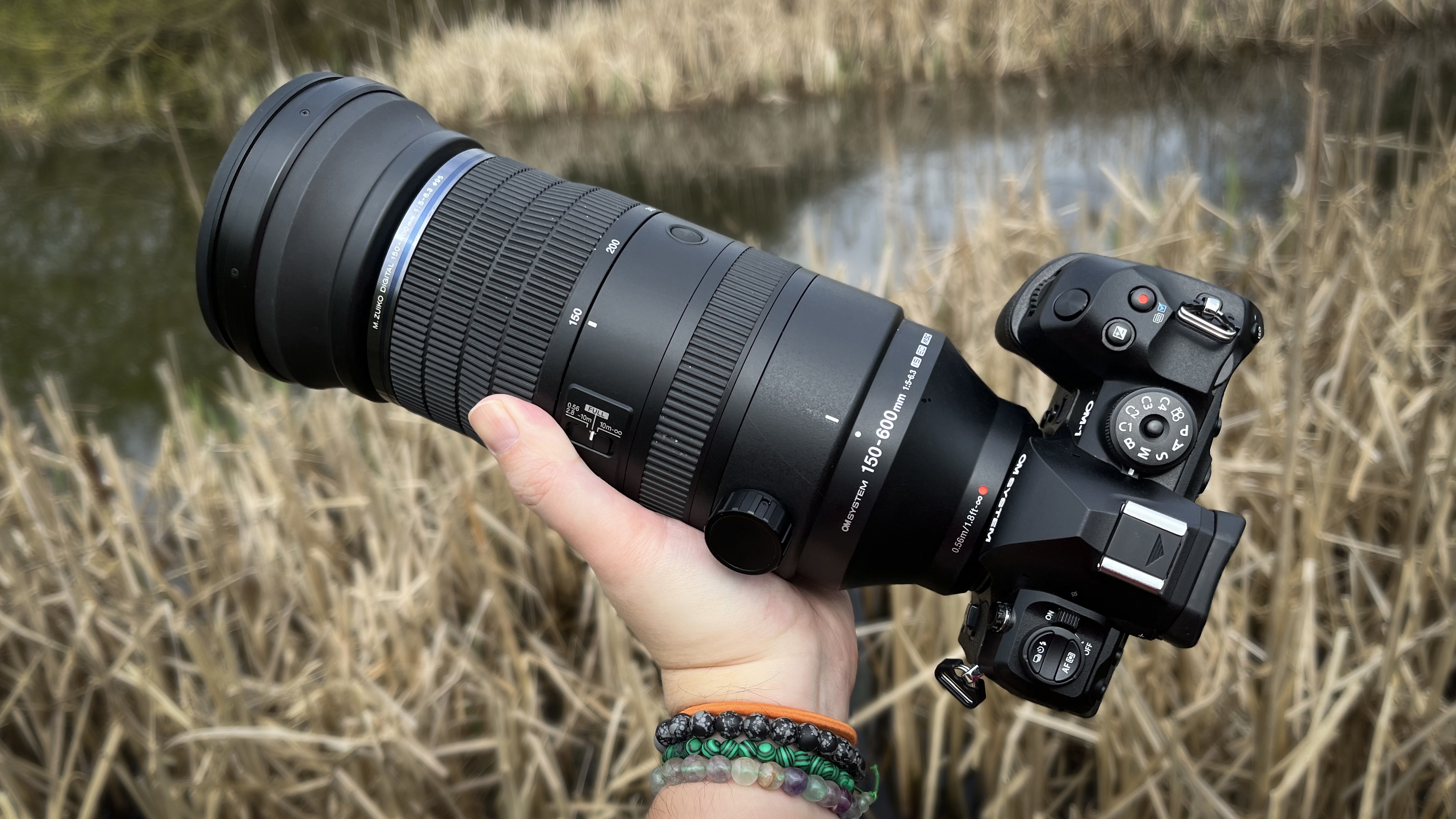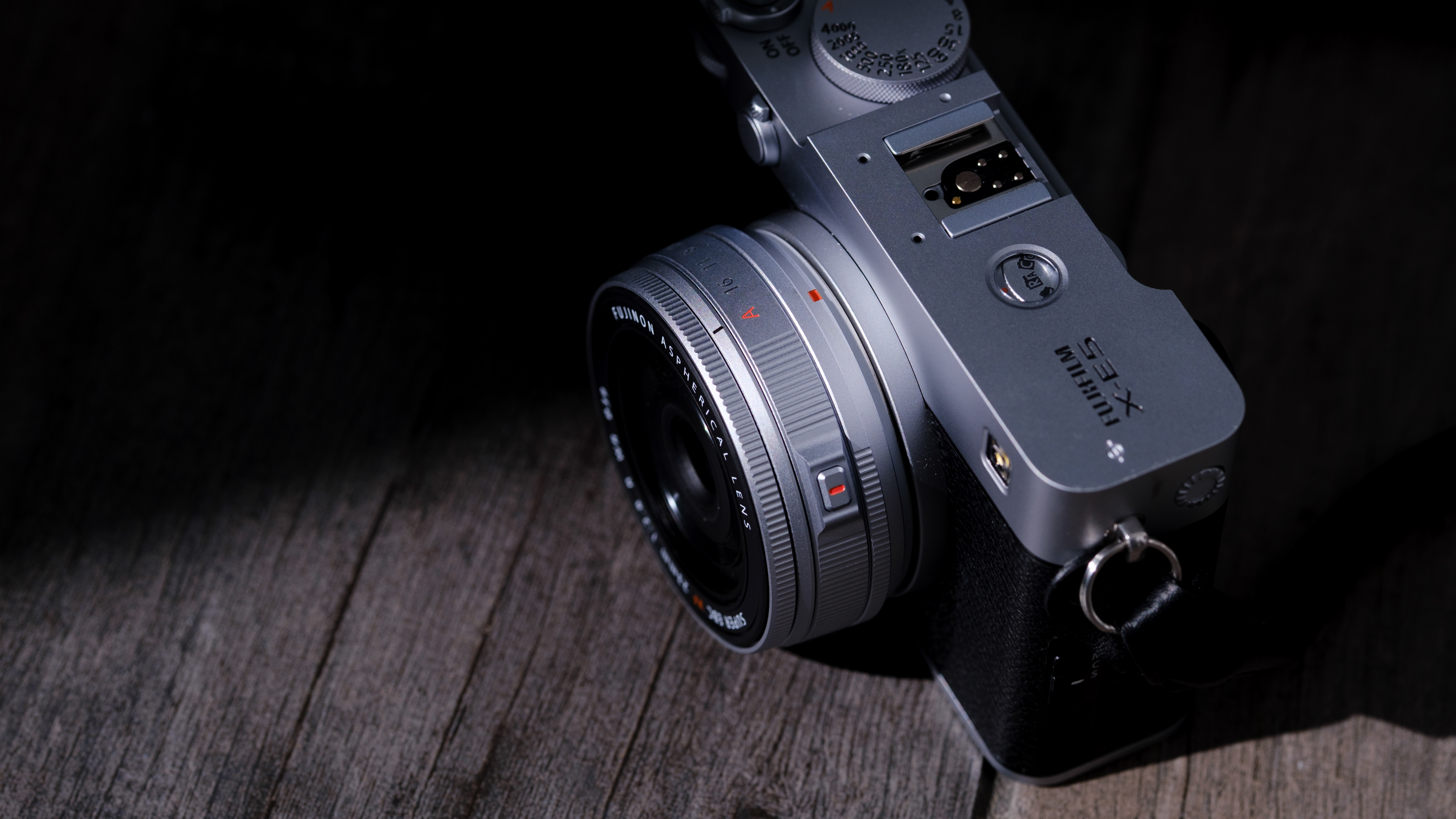Photographers always say bigger sensors are better, but I prefer Micro Four Thirds for these two genres
Sure, large sensors are better in more scnearios – but I prefer sensors with more reach when it comes to wildlife and macro photography

I’ve heard it a million times: larger sensors are better for photography. Look at a sheet of camera specifications and the biggest indicator of image quality is going to be the sensor size. I won’t deny that.
But while larger sensors tend to produce less noise and more bokeh, larger sensors aren’t always better for every genre. Case in point? There are two genres for which I prefer Micro Four Thirds cameras: wildlife and macro photography.
I’m a professional portrait and wedding photographer (using an APS-C sensor, by the way). I’m not a professional wildlife photographer by any means, but taking a hike with a camera surrounded by nature is my favorite method of de-stressing.
When I’m heading out to photograph birds and animals, I typically gravitate to Micro Four Thirds (MFT). I review cameras as part of my job, which means I have access to a wider range of different camera models (albeit temporarily) than the average camera enthusiast.
One of the things I never seem to have enough of when photographing wildlife is zoom, which is why I often reach for an MFT camera with a good zoom lens.
Micro Four Thirds has a 2x crop factor, which means a 300mm lens is actually a 600mm equivalent. That gives you twice as much reach as a typical full-frame lens.
Now, you can crop a full-frame image in half and get similar results – especially if you invest in a 50MP+ model. But even then, Micro Four Thirds lenses tend to be smaller and lighter than full-frame optics with similar reach. If I’m hiking with a lens hoping to see some wildlife, I’m going to hike farther with a lighter lens.
The best camera deals, reviews, product advice, and unmissable photography news, direct to your inbox!
While MFT offers more telephoto reach, the downside is that smaller pixels tend to be susceptible to diffraction sooner. Diffraction is a softening that happens with narrow apertures. This tends to happen faster with smaller pixels, which tend to be found on smaller Micro Four Thirds sensors.
In effect, that means some lenses – particularly those with narrower maximum apertures – may be softer than some full-frame lenses.
The other challenge with using Micro Four Thirds for wildlife is that smaller sensors tend to be more susceptible to grain at high ISOs. Wildlife photography typically requires faster shutter speeds, which usually means shooting with higher ISOs, even during the day.
Diffraction and noise work together to create one of the biggest downsides to choosing Micro Four Thirds for wildlife – the images aren’t quite as sharp as some of the high-end full-frame lenses and optics that I’ve tried. But the trade-off is smaller, lighter gear and a much longer telephoto reach.
As a hobbyist wildlife photographer who partakes in wildlife photography for the simple joy of it, I prefer using lighter gear over the pixel-peeping-ready but heavier gear.

The second genre where I think Micro Four Thirds has an advantage is macro photography. Like with wildlife photography, MFT's crop factor means that you can get closer photos without getting physically closer.
An excellent example of this is the OM System M.Zuiko 90mm f/3.5 Macro lens. While it’s fairly easy to find a 1:1 macro on a full-frame camera, a 2:1 is rare. And while there are some macro lenses for larger sensors (Laowa immediately comes to mind) with more than a 1:1 magnification, a 2:1 with autofocus is rare. The OM System 90mm macro is a 2:1 macro, which is twice as close as a typical 1:1 macro lens.
The lens also works with teleconverters for a 4:1 equivalent that’s exceptional for tiny subjects like snowflakes and insects. But, like with telephoto lenses, diffraction may come into play, which is especially true when using a teleconverter.
I could phrase this another way: I don’t love Micro Four Thirds for the sensors, I like Micro Four Thirds for the lenses. The crop factor can be a key advantage with wildlife photography, particularly when planning to hike with a camera. Add in the availability of a 2:1 autofocus macro lens, and MFT is typically the first thing that comes to mind when considering a camera for wildlife or macro photography.
Yes, full-frame cameras have a large advantage when it comes to gathering more light, creating bokeh, working in low light and getting ultra-sharp, high-resolution shots. I’m not saying anything to the contrary. But full-frame sensors are not always better all the time for every photographer.
Depending on the genre, factors like telephoto reach, macro capabilities and a compact size may sit higher on the list of priorities – and for genres like wildlife and macro, the advantages of a smaller sensor are harder to ignore.
You may also like…
Browse the best macro lenses, the best wildlife cameras, or the best Micro Four Thirds cameras.

With more than a decade of experience writing about cameras and technology, Hillary K. Grigonis leads the US coverage for Digital Camera World. Her work has appeared in Business Insider, Digital Trends, Pocket-lint, Rangefinder, The Phoblographer, and more. Her wedding and portrait photography favors a journalistic style. She’s a former Nikon shooter and a current Fujifilm user, but has tested a wide range of cameras and lenses across multiple brands. Hillary is also a licensed drone pilot.
You must confirm your public display name before commenting
Please logout and then login again, you will then be prompted to enter your display name.
